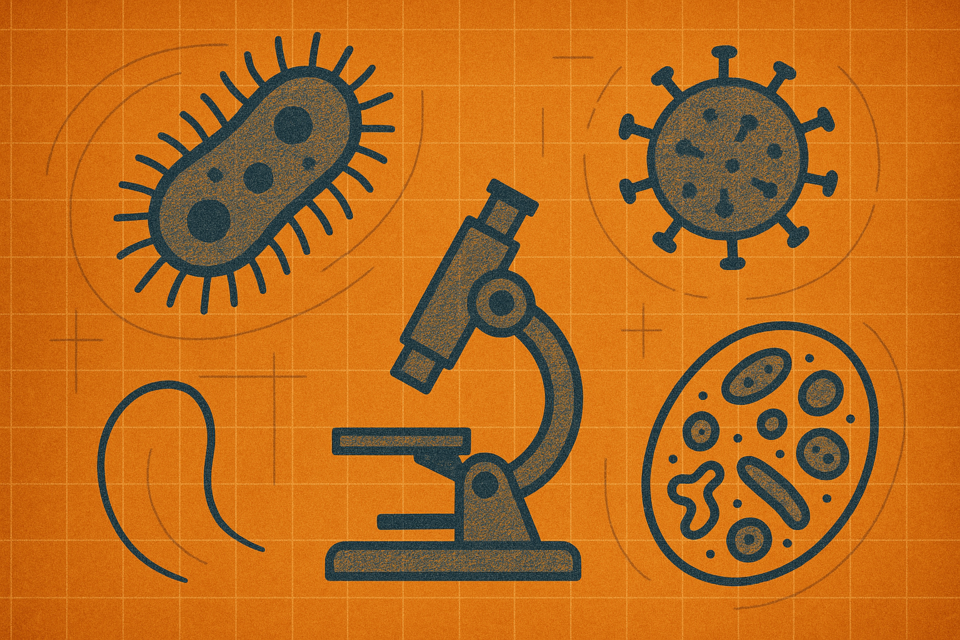Introduction to Microbiology
Explore the Invisible World and Unleash Scientific Discoveries!
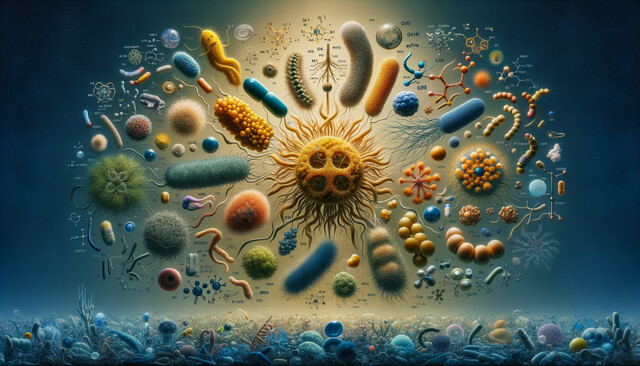
30 Hours average completion time
3.0 CEUs
23 Lessons
23 Exams & Assignments
22 Videos
23 Reference Files
102 Articles
Mobile Friendly
Last Updated December 2025
Course Title: Unveiling the Microscopic Universe: Your Introduction to Microbiology
Prepare to embark on an unprecedented journey into the hidden realms that shape our living world. Welcome to Unveiling the Microscopic Universe: Your Introduction to Microbiology--a course where the invisible becomes visible, and the tiny titans of our world reveal their profound secrets. In a chaos of countless online courses, this is not merely another option. It's a gateway to understanding the life forces that mold our health, our environment, and our futures. Imagine not just peering through a microscope, but leaping into an entirely new dimension where microorganisms orchestrate the symphony of life. This is more than a learning experience; it's a transformative exploration that redefines how you see the world, and your place in it.
In this immersive course, you'll uncover the astonishing realities of microorganisms. They may be tiny, but their influence is monumental. Whether it's deciphering the epic battle between pathogens and human immunity or marveling at microbial marvels that are pivotal in biotechnology and medicine, your voyage into microbiology is bound to refine your intellectual landscape. The comprehension of how these microscopic entities fuel innovation and fight global challenges is not just illuminating--it's empowering. Imagine transforming your understanding and gaining insights that could innovate industries and save lives. With every module, you will piece together puzzles of nature that are as intricate as they are enlightening.
Step into a world where groundbreaking discoveries await at every turn. From the audacious journey of germ theory and its revolutionary impact on science to the nuanced symphony played out by the organelles of cells, your curiosity will be your compass. As you traverse this realm, you won't find a mere enumeration of biological terms, but a rich narrative that ignites your imagination and invites you into a world filled with wonder and opportunity. Guided by insights into microbial genetics, you will come to appreciate the delicate dance of adaptation and evolution that has sustained life on Earth for millennia.
What distinguishes this course is its unparalleled capacity to unite timeless knowledge with cutting-edge scientific advances. Grapple with the complexities of microbial growth and control, and you'll find yourself at the threshold of groundbreaking technologies in medical, industrial, and environmental applications. As you explore DNA technology, microbial metabolism, and ecological innovations, the concepts stop being abstract. They become tools you can wield to craft solutions to pressing global issues.
Weaving through this narrative is the personal empowerment that comes with knowledge. You'll not only become proficient in microbiological principles but also see their tangible applications. The insights you gain here offer you a competitive edge in your career, a richer context for your personal choices, and a profound appreciation for the biological poetry of life. This is learning that extends beyond the academic--it is life-changing knowledge that you can apply from the laboratory to your lifestyle, from global policies to personal wellness.
By the end of this transformative journey, you won't just understand microorganisms; you'll be able to articulate how they've shaped history, influence current global issues, and lay blueprints for future innovations. It's a chance to extend your impact on the world by acknowledging the microscopic allies and adversaries that inhabit it. In a landscape riddled with ho-hum courses, this stands apart as an indispensable venture into the unseen--the course that equips you for the challenges of tomorrow.
Don't just be a spectator in the unfolding narrative of scientific exploration. Step boldly into the world of microbiology where every lecture is a leap towards mastering the intricacies of life's tiniest architects. Enroll in Unveiling the Microscopic Universe: Your Introduction to Microbiology today--and join the ranks of those who refuse to simply witness history, but aspire to write it. Let this be the cornerstone of your academic and personal evolution. Your microscopic journey awaits, and with it, the keys to unlock a world of infinite possibilities.
- Understanding immune responses and dysfunctions
- Evaluating microbial impact on human health
- Analyzing microbial adaptation and resilience
- Recognizing viruses' influence on biological complexity
- Exploring microbial genetics and genomics
- Interpreting the role of microorganisms in history
- Understanding microbial roles in ecosystems
- Investigating the biochemical processes in microbes
- Discussing ethical considerations in genetic engineering
- Developing strategies for disease prevention and control
- Managing microbial growth in modern applications
- Applying microbiology to public health practices
-
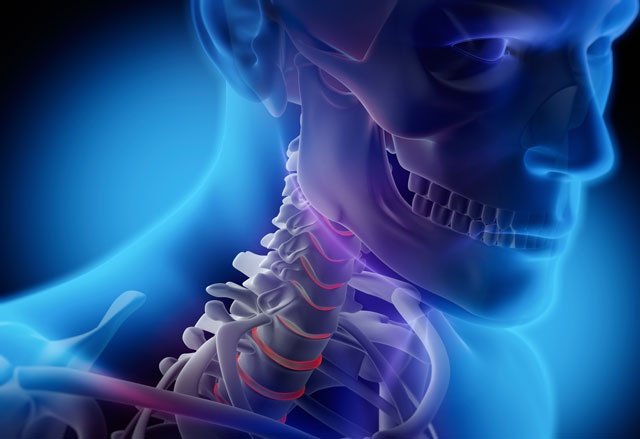
Anatomy and Physiology 101
-

Geology 101
-
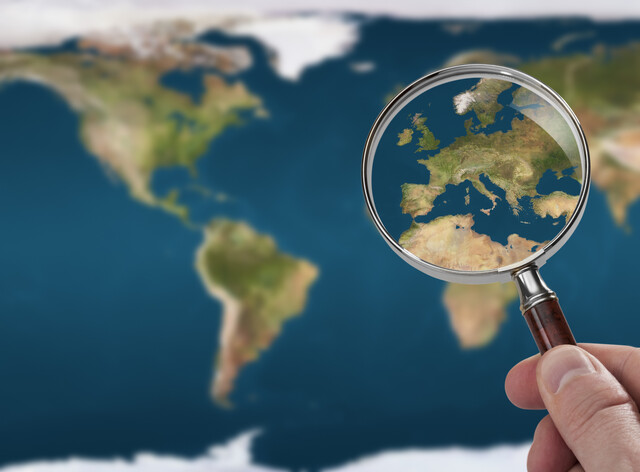
Geography 101
-

The Power of Ecology: Shaping a Sustainable Future
-

History of the Universe
-
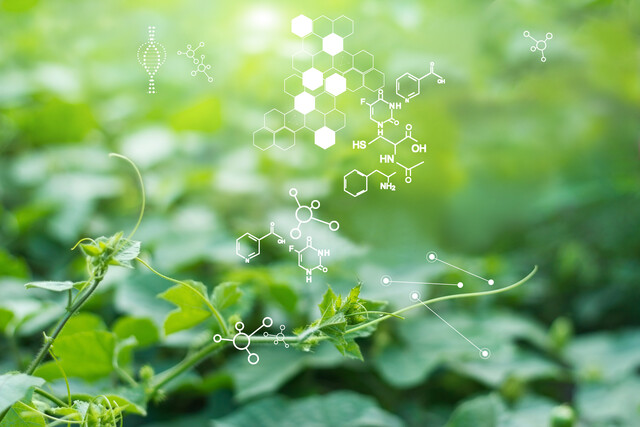
Biology 360: From Molecules to Ecosystems
-

Astronomy 101
-
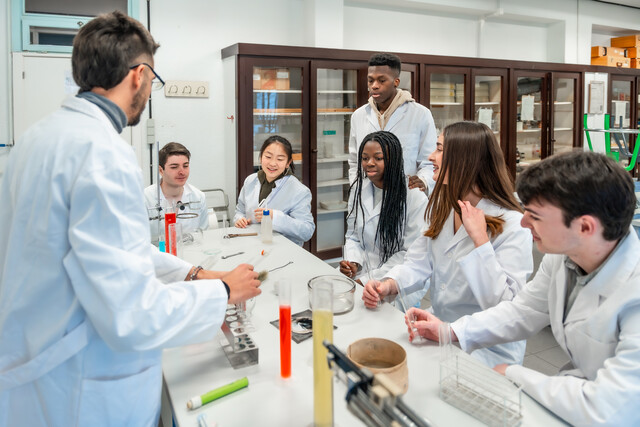
The World of Chemistry: From Atoms to Answers
-
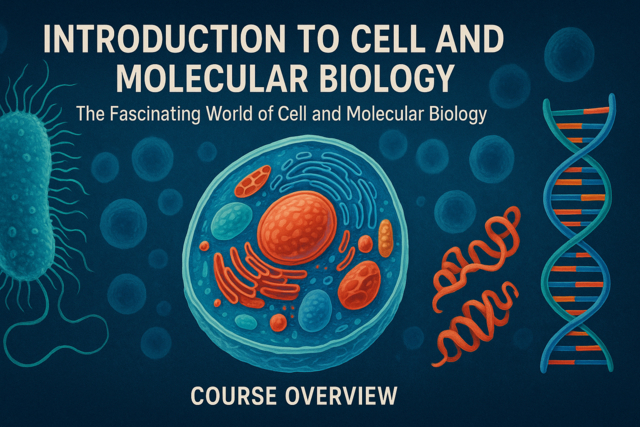
Introduction to Cell and Molecular Biology
-

Climate Change
-

Marine Biology 101
-
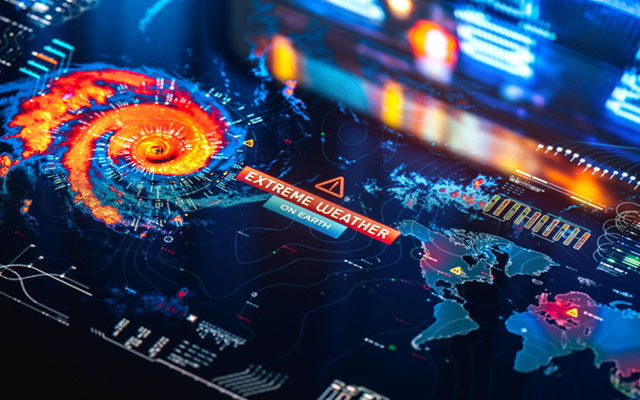
Meteorology Fundamentals
